‘
Holy stuff’ - Bruce Lee’s letters document shipments and orders of cocaine, acid, other drugs
Recently revealed letters from Bruce Lee allegedly detail international drug shipments to Hong Kong.
By Anton Tabuena@antontabuena Jul 6, 2021, 12:59pm EDT
:format(webp)/cdn.vox-cdn.com/uploads/chorus_image/image/69546568/542483361.0.jpg)
Bruce Lee on the poster of Fist of Fury Photo by Movie Poster Image Art/Getty Images
BruceBruce Lee’s marijuana use has been recently well documented, mostly thanks to Matthew Polly’s 2018 biography on the martial arts icon that had him interview at least a hundred of his friends, family, and colleagues. Lee was said to have enjoyed smoking weed and ingesting hashish because “it raises the consciousness level,” but did the actor have a more serious drug habit?
Enter Robert Baker, who started out as a volunteer for the iconic “one inch punch” demonstration in 1964, and would eventually become Lee’s close friend and confidant.
Baker would be known for his role in Lee’s 1972 film Fists of Fury, but according to Polly, he was also “long rumored to be Bruce’s dealer.” The author of Bruce Lee: A Life stated that it was “assumed by many” that Bob, as he was called, simply supplied the actor with marijuana.
Recently released private letters between the two seem to suggest that it was much more than that.
Heritage Auctions has since authenticated and put up various memorabilia from Bob Baker’s Bruce Lee collection on sale, which includes over 50 letters that Bruce and his wife, Linda sent him through the years. Most of them were handwritten, and many used Lee’s personal Jeet Kune Do letterhead stationeries.
These personal correspondence discussed various topics such as their developing friendship, plans for their film careers, and Lee’s back injuries. Perhaps more striking, it also contains numerous references to drugs, including marijuana as well as cocaine.
The handwritten letters allegedly document different instances of Lee trying Baker’s “holy stuff,” recovering from their get togethers, and having nights out with “little recollection of what had happened.”
There was also a letter with a short-lived attempt at quitting.
“I told Linda to call you to forget about the ‘stuff’ because I really don’t need them in my training,” a letter from 1970 read. “I feel that I have ‘gained’ in trying them, but excessive indulgence of them just isn’t in my road in Jeet Kune Do.”
By 1972, as Lee left the US and moved to Hong Kong, the letters included requests to Baker for “advice on the possibility of shipping some coke to me.”
Hong Kong had very strict drug laws, but he supposedly proposed a plan on shipping drugs to an address under the name “Wu Ngan,” and hiding the contraband inside books and clothes. Wu Ngan was one of Lee’s friends, who had a role in his 1972 movie, The Way of the Dragon.
In one letter authenticated by Heritage Auctions to be from Lee, the writer ordered “COKE (in large amount),” “ACID (in fair amount)” and “HASH OR GRASS,” before also inquiring about procuring “psilocybin” — commonly known as magic mushrooms — after supposedly reading about it in a book.
In the same note, the writer also asked for “more goodies ready for shipping” including a “very classy derringer” firearm and a “cowboy holster.”
Later in the year, a supposedly “stoned as hell” Lee wrote a less legible letter to Baker about needing “some coke” to “help in the formation” of a character he was working on.
In various other letters, there were repeated orders of “C,” “coke” and “Coca-Cola.” There were also references to other substances, which he called the “holy stuff,” “super duper,” “M pills”, “H oil” and others.
:format(webp):no_upscale()/cdn.vox-cdn.com/uploads/chorus_asset/file/22701060/Screen_Shot_2021_07_06_at_8.29.18_PM.png)
One of the dozens of letters in auction, with Bruce Lee asking Bob Baker to “air-mail me some coca-cola”
Other letters signed by Linda appear to discuss follow ups on drug shipments and money orders. It was also stated that she bought a scale and would be inspecting the cocaine that would be sent.
“Enclosed you will find the $500 for the amount of C you quote that Bruce can get. I’ll measure it but the quality (that goes without saying) plus the quantity Bruce himself will have to judge,” the letter from 1973 read. “I hope you will send him the mostest along with the one oz of H. oil and/or whatever.”
“The goodies list can be (1) COKE (in large amount) (2) ACID (in fair amount) (3) HASH OR GRASS”
Two letters also appear to have Linda thanking Bob’s wife, Bev for “past favors” and for “taking the risk and sending the last shipment to Bruce.”
In another note following up a new shipment of “C,” Baker was assured that Bruce had things under control.
“Don’t worry about Bruce using the C — he is not going overboard,” a letter signed by Linda in 1973 read.
Apart from details on drugs, one correspondence also revealed what Polly calls “a previously unknown mistress named Teresa,” as Lee seemingly tried to plan a secret meet up without their family knowing.
:format(webp):no_upscale()/cdn.vox-cdn.com/uploads/chorus_asset/file/22701035/77449056.jpg)
Hong Kong, 1971: Bruce Lee and Maria Yi in a scene from Fists of Fury Photo by Michael Ochs Archive/Getty Images
They discussed various topics through the years, but below are a few of the more notable snippets from the letters addressed to Baker.
Bruce’s only typewritten letter to Baker from this collection. Sent from Los Angeles, December 15, 1969:
A personal letter to thank you for bringing me the stuffs, especially the pipe and the painting.
February 2, 1970:
It was a brief but definitely enjoyable get together. Thank you again for that “holy stuff”
March 6, 1970:
... By the way, wouldn’t mind going in with you for some of those “holy stuff” before leaving for H.K.
March 11, 1970:
I’m planning to leave for H.K. on April 1st, and definitely would like to store up on some “Holy stuff” to bring over there. See if you can come up with something good.
...
The paper that I had “taste” kind of sweet and that definitely adds to it. So see if you can get some “good tasting” paper.
March 17, 1970:
Though I have little recollection of what had happened - - - - - - - - - - anyway I know that I enjoyed your stay and am looking forward for another visit from you. Thank you for that stuffs and do take care and have fun.
Love, Peace, Brotherhood,
Bruce
P.S. I can’t think of the six items, but I think you have a better memory - - - - -
Ordering and planning on sharing “M” pills with friend and actor James Coburn, who would eventually win an Academy Award in 1997. From April 22, 1970:
A quick letter to thank you personally for the “wonderful gifts.” I enjoyed them very much. By the way, when and if you should come down again, do get more 1-inch boards plus the same “M” pills. They do give me tremendous experience. Coburn likes some of them. I’ll give some to him when I get them.
Cancelling an order and trying to quit, June 17, 1970:
I told Linda to call you to forget about the “stuff” because I really don’t need them in my training. I feel that I have “gained” in trying them, but excessive indulgence of them just isn’t in my road in Jeet Kune Do.
June 30, 1970:
“Again thank you for your generous supply of paper that would seem to last a life time!”
October 8, 1970:
...Anyway, when you go back to work, I need more paper! Plus I can’t remember what - - - - - - anyway, you will remember.
December 16, 1970:
It takes me a day to get back to myself to write this letter to “thank you” once more for everything, particularly “those super duper!” We had some wonderful moments.
February 25, 1971:
“Thank you” Bob
Organizing a secret meet up, June 22, 1971:
I plan to come up — depending when I finished shooting — from July 2 (friday nite) to probably Tues or Wed (7). One thought here: I “might” come up (fly) with Teresa and she probably stays Friday nite (July 2), Sat nite (July 3) and leave Sunday (July 4) afternoon or so. The question is, is it convenient for Beth Bev and the kids to spend two Friday nite, Sat. and Sunday morning at her mother or somewhere and make up some convenient jazz for I don’t want Bev to know about this. Of course it has to be convenient or else forget it. My mother and everybody is at my house now. Let me know, and remember if only it is convenient and flow and everything is cool.
From Thailand, while filming “The Big Boss,” August 3, 1971:
Thailand is full of G but I have very little time for it though. I have to say it is “extremely” good.
From Thailand, August 23, 1971:
...By the way the “G” in Bangkok is holy indeed. I understand Hong Kong is super lousy.
That same later also included a passage stating Baker would be “coming” to Hong Kong and has been cast to star in his next film, Fist of Fury. The movie was shot in Hong Kong late in 1971. Prior to this, Lee dealt with serious back injuries, and previous letters showed that Baker also gave him a loan when he was struggling financially at the time.





 Reply With Quote
Reply With Quote




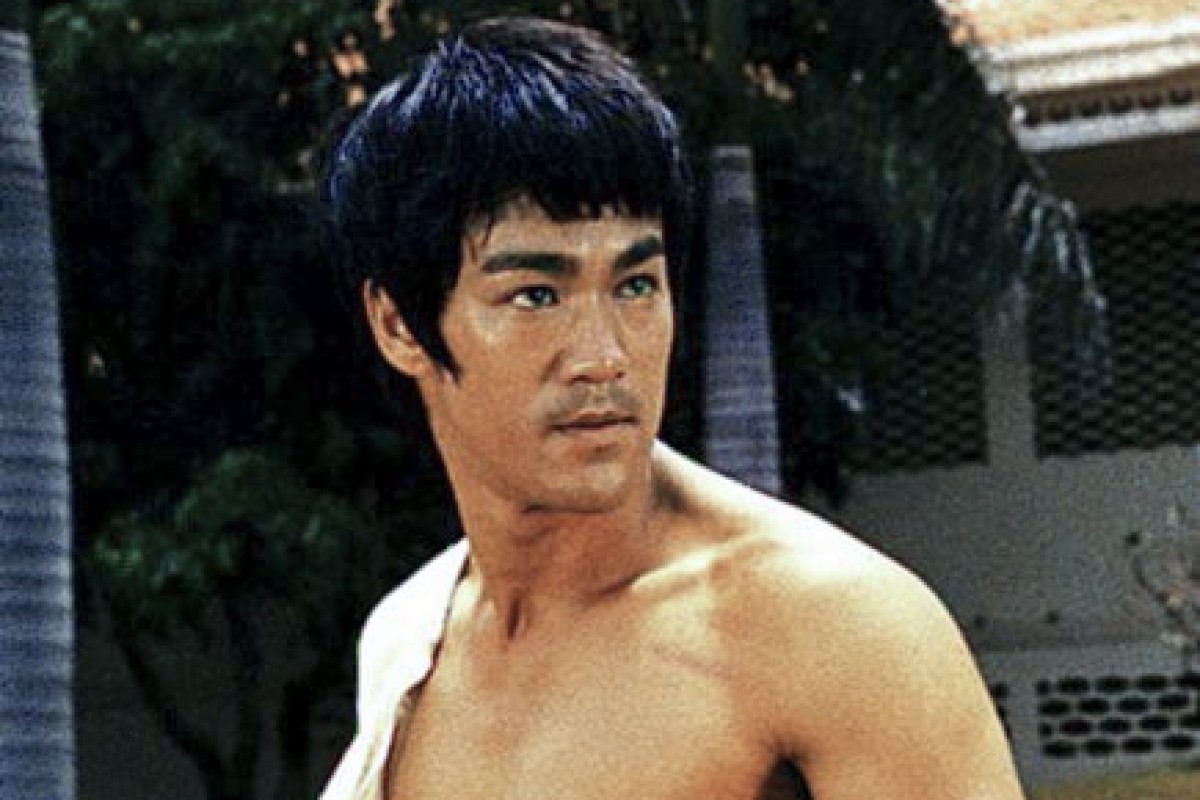


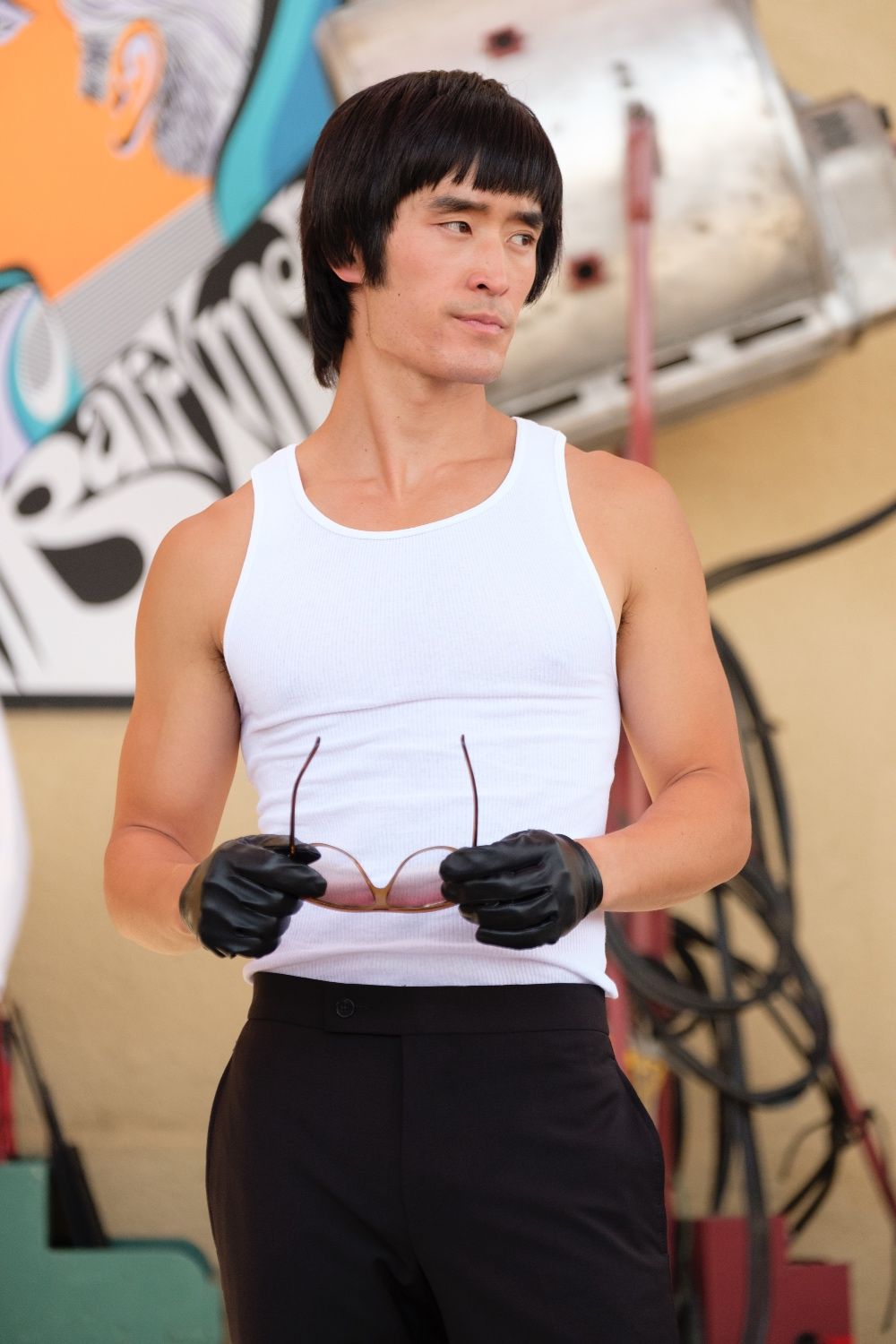
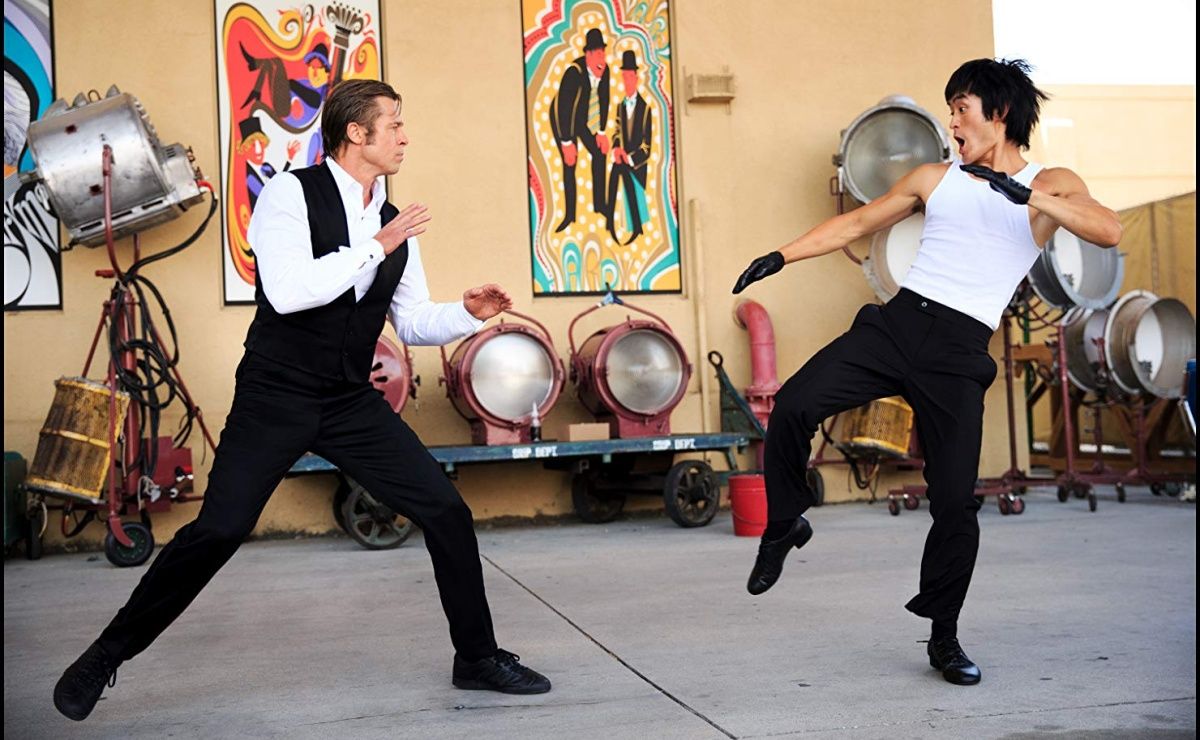
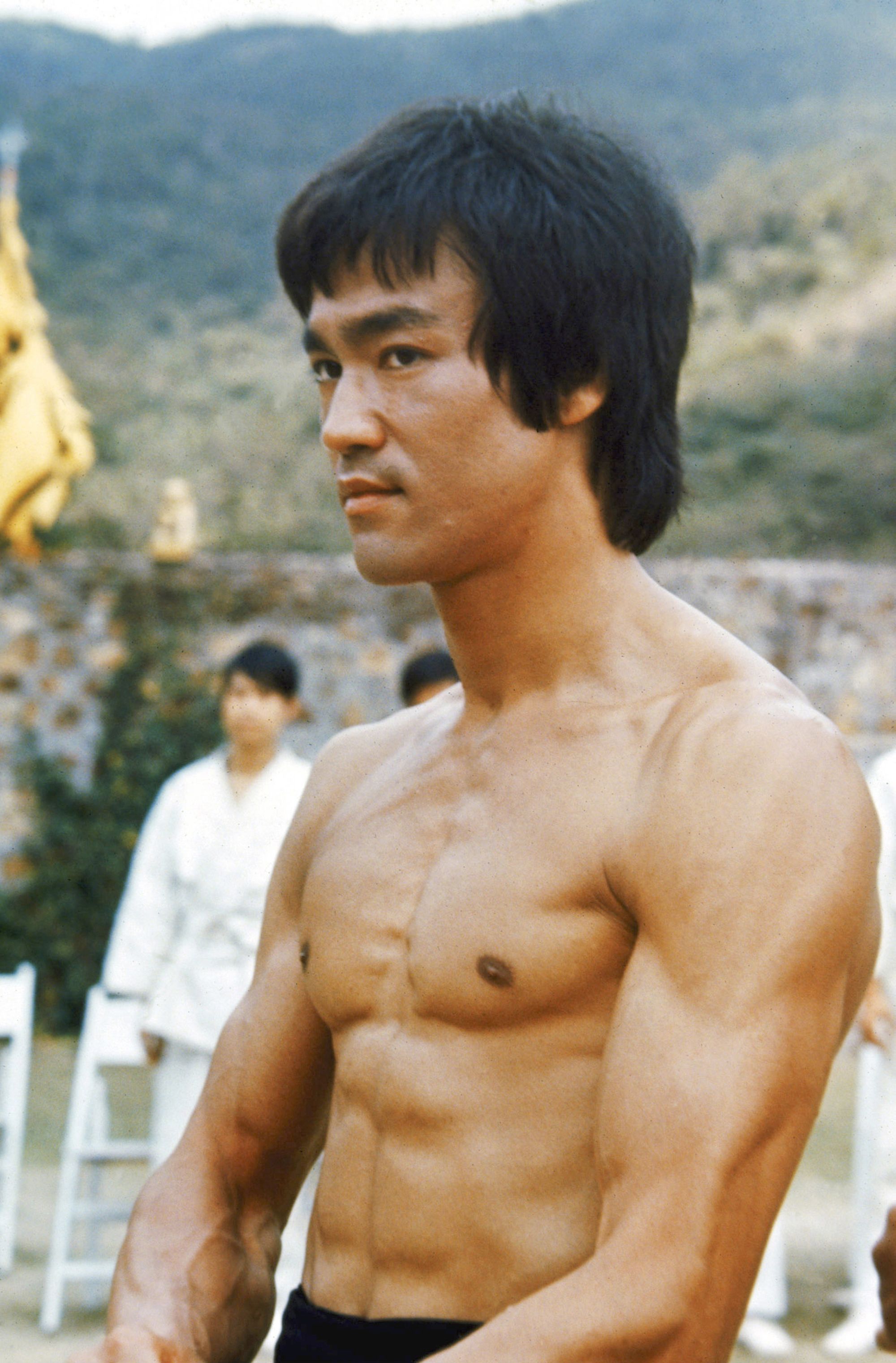
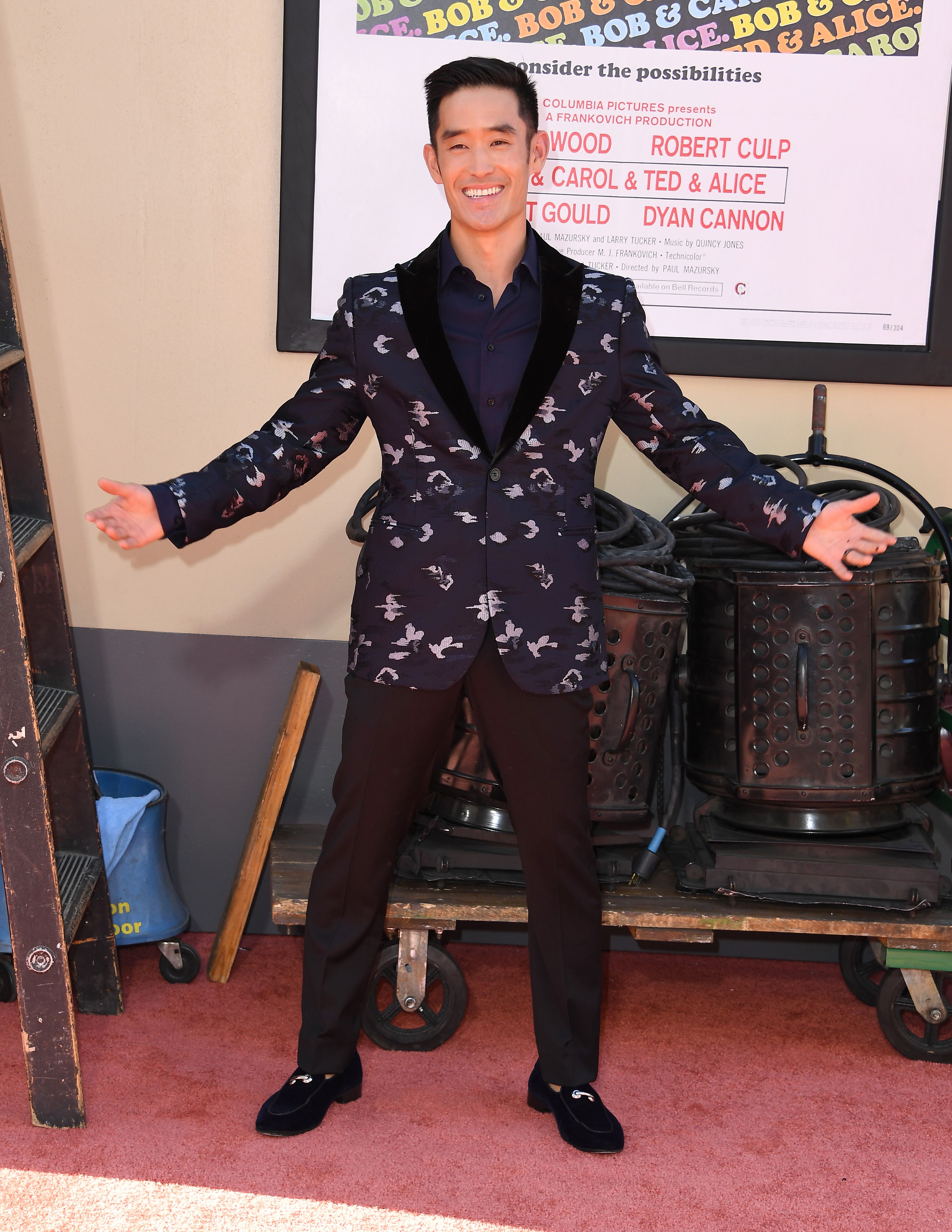
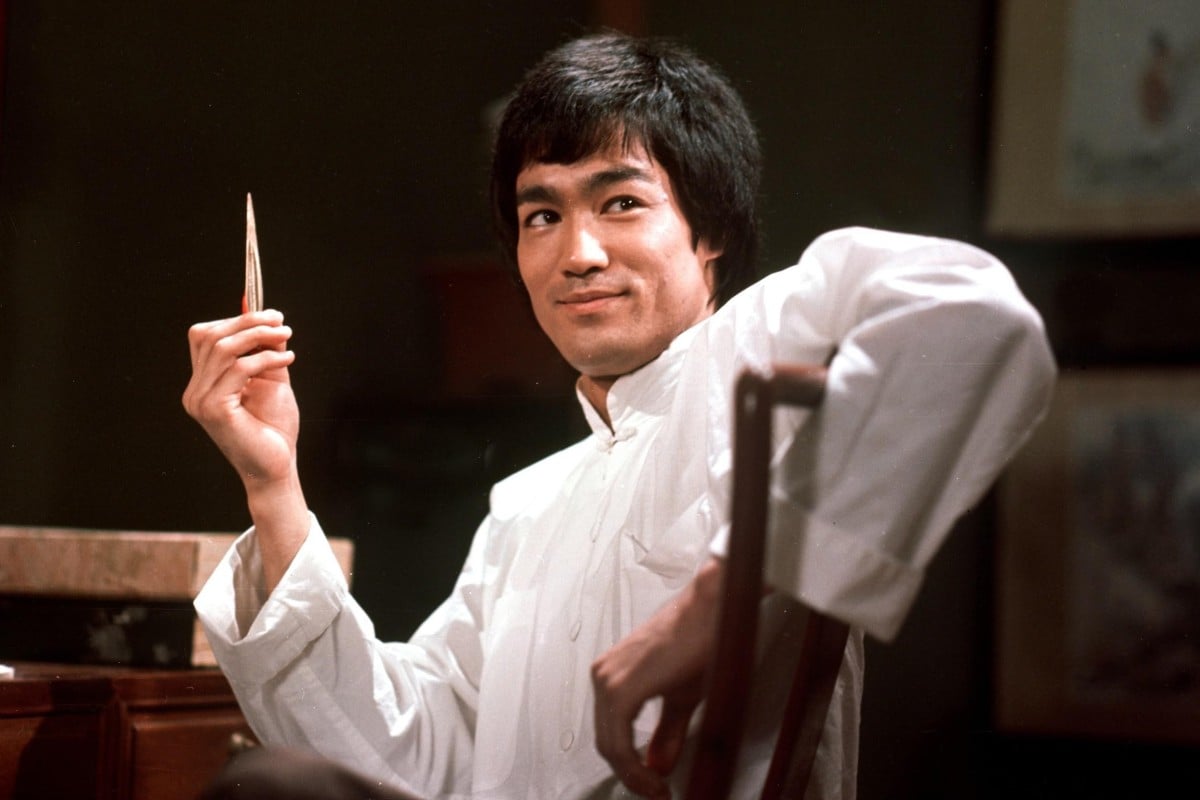
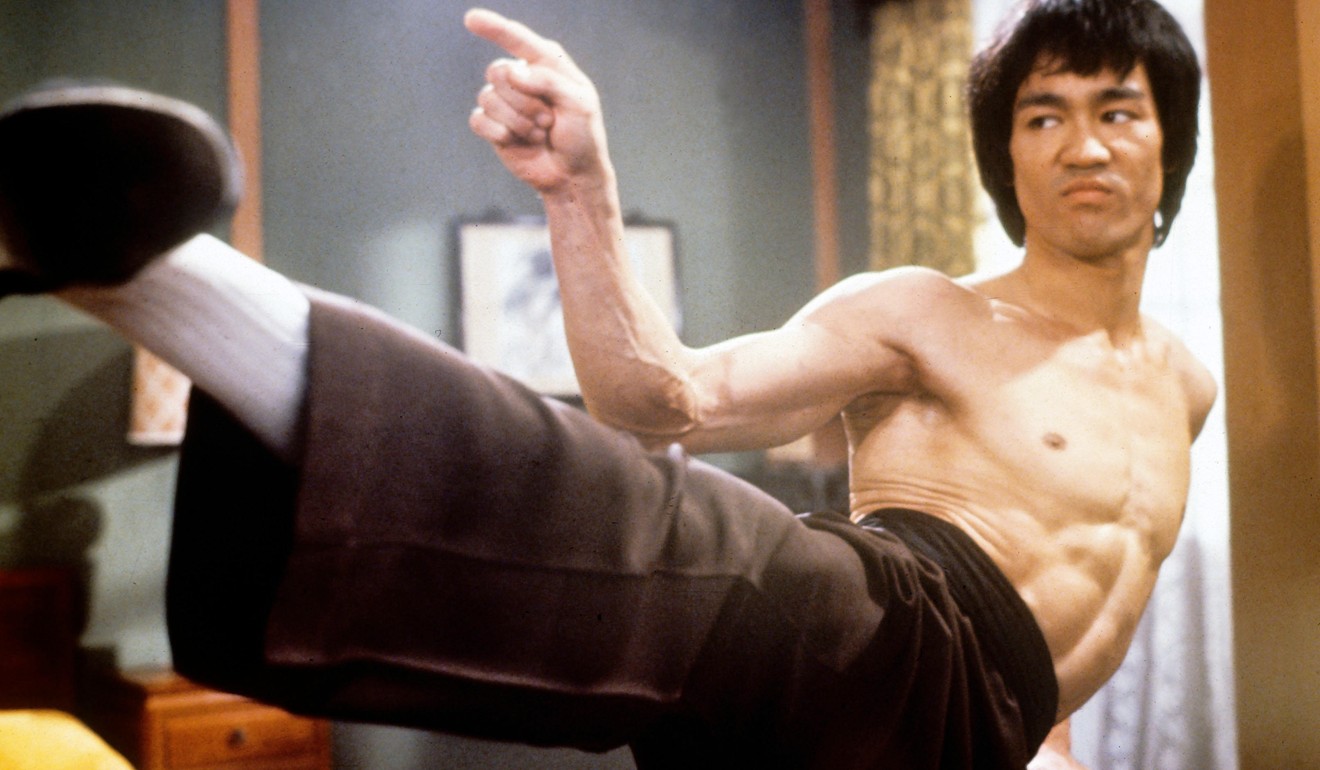
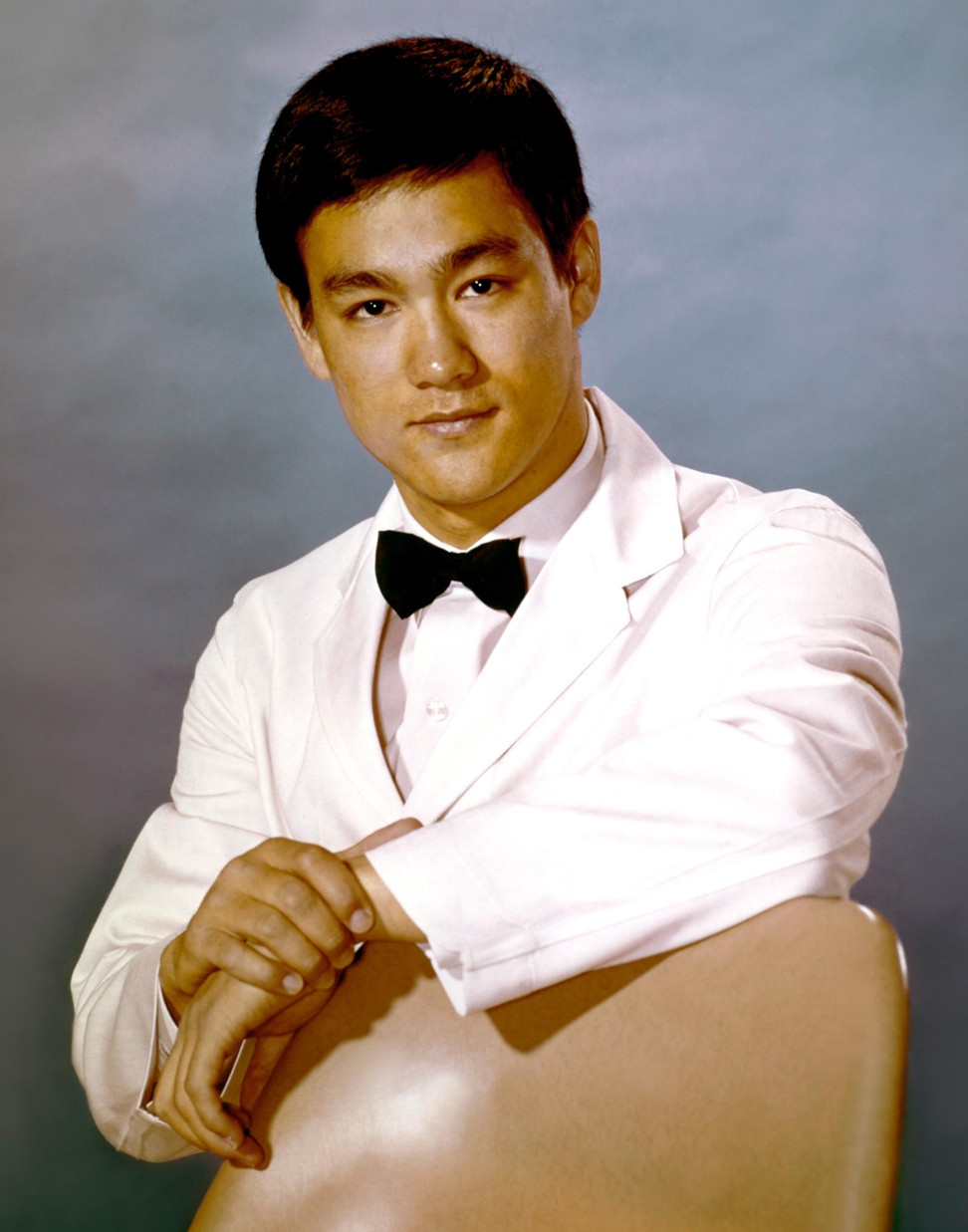

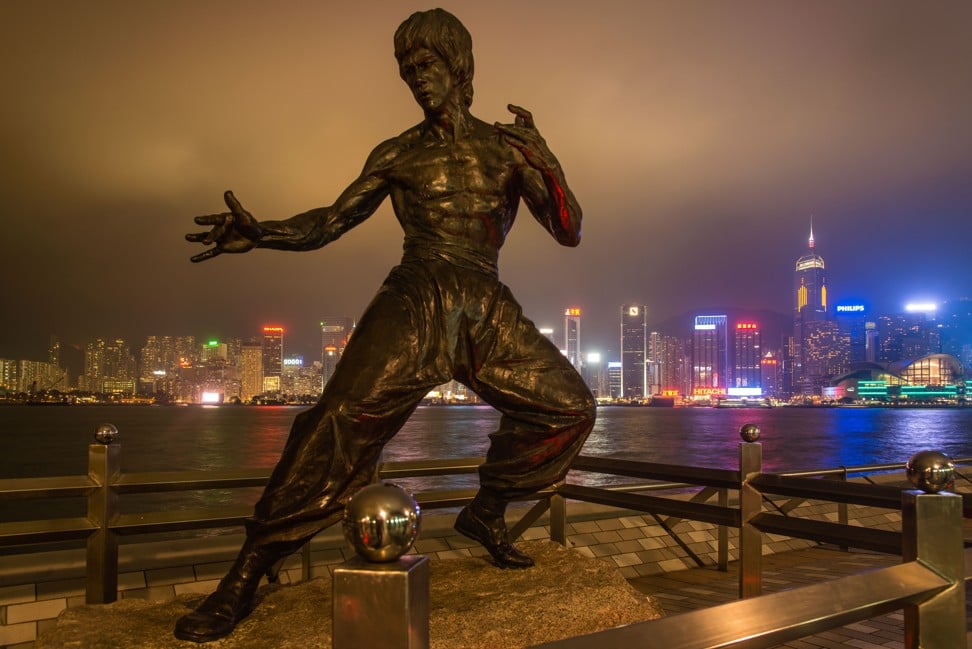
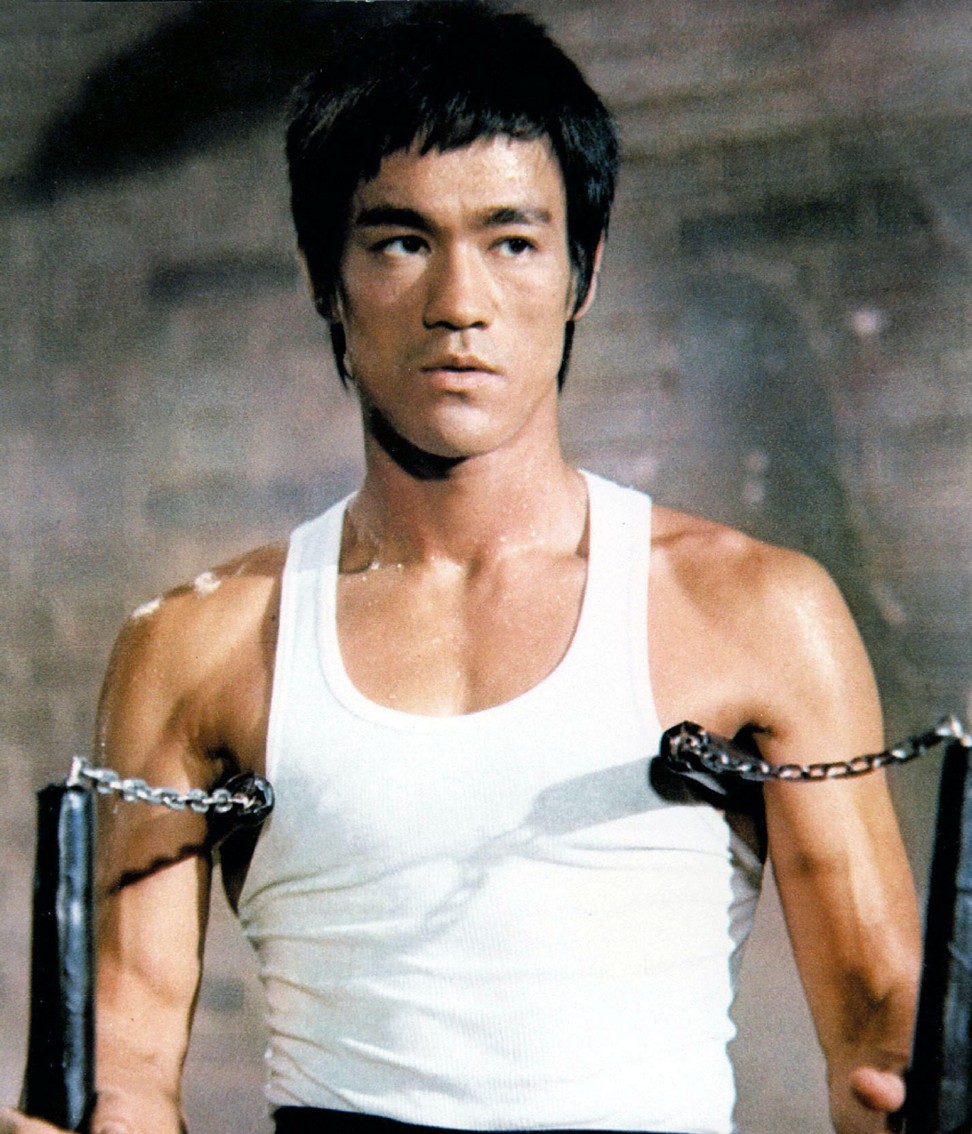

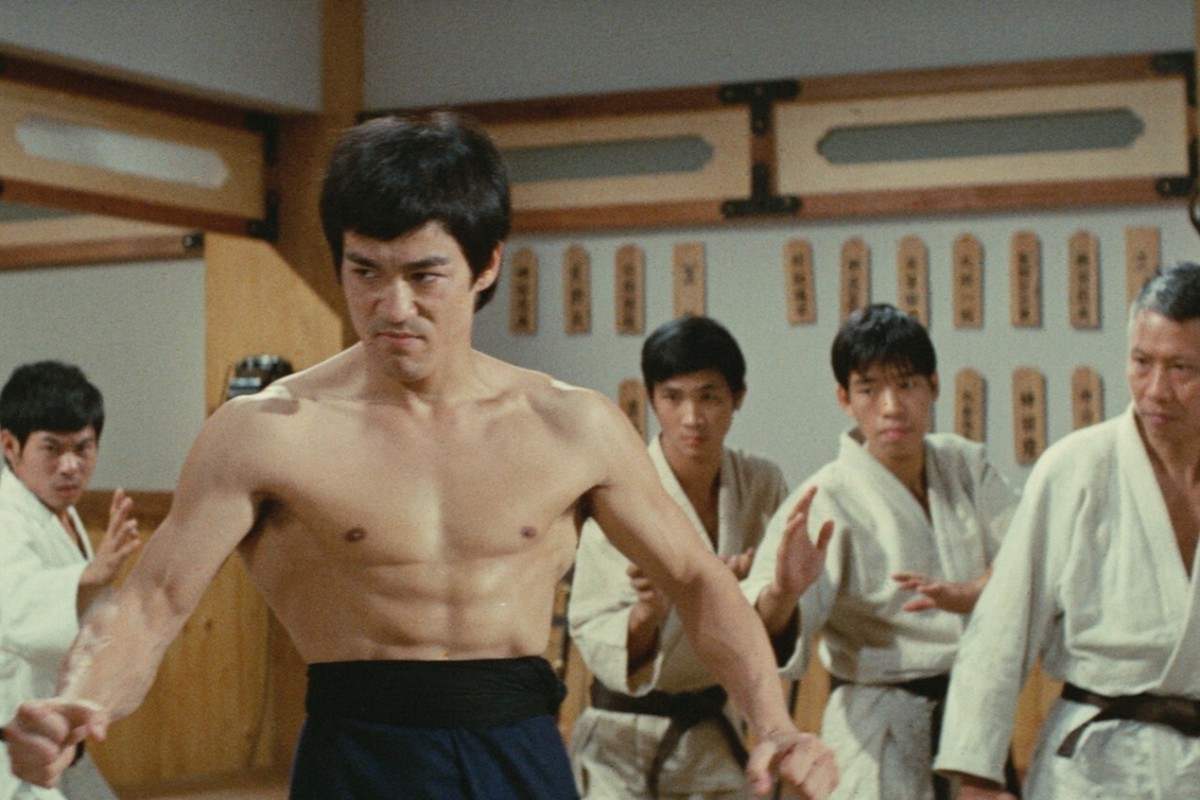


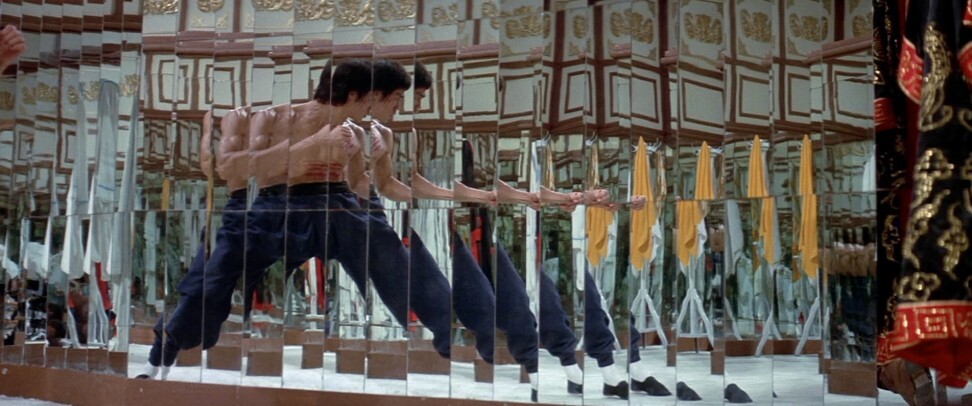
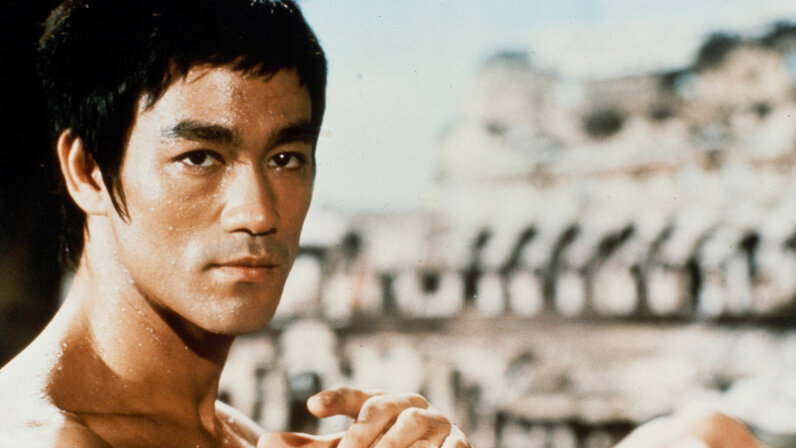
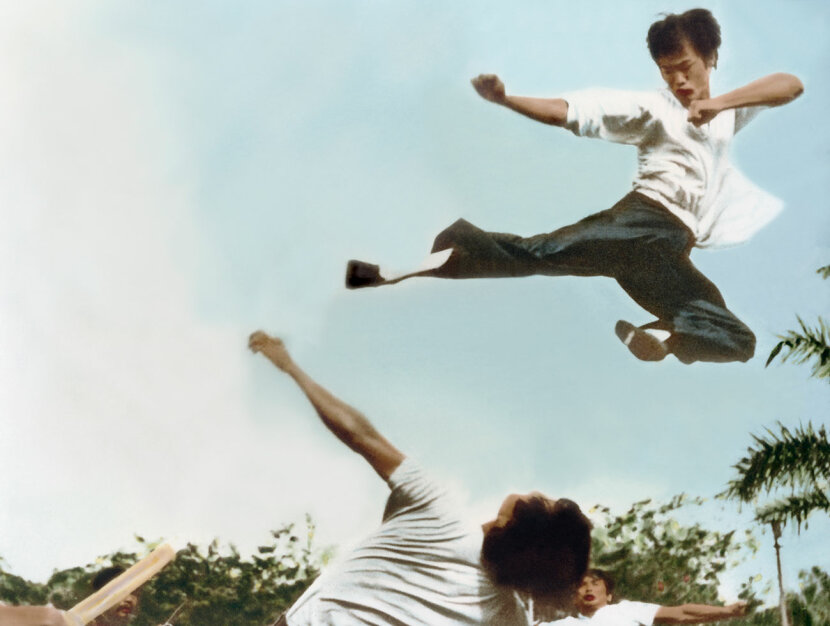
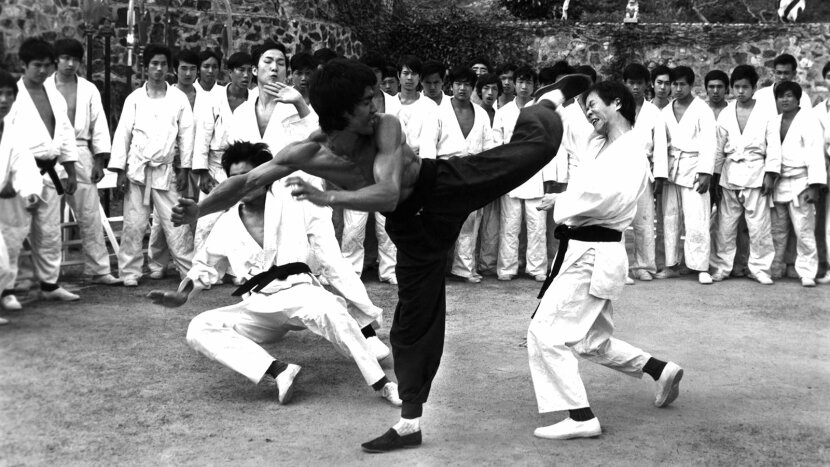
:format(webp)/cdn.vox-cdn.com/uploads/chorus_image/image/69546568/542483361.0.jpg)
:format(webp):no_upscale()/cdn.vox-cdn.com/uploads/chorus_asset/file/22701060/Screen_Shot_2021_07_06_at_8.29.18_PM.png)
:format(webp):no_upscale()/cdn.vox-cdn.com/uploads/chorus_asset/file/22701035/77449056.jpg)
